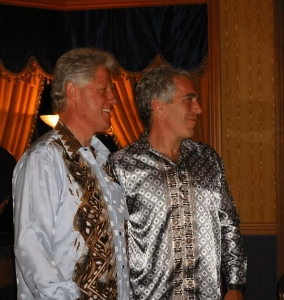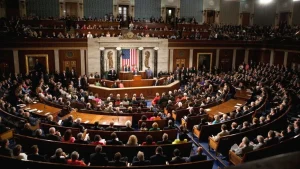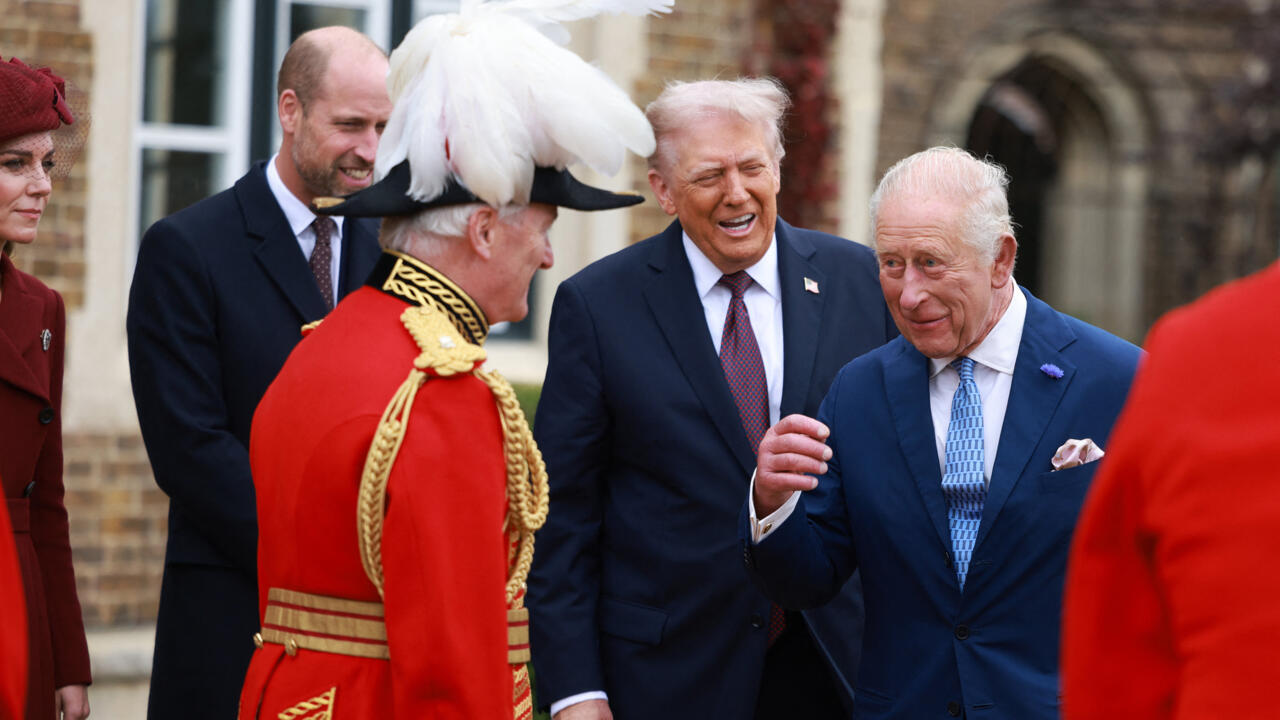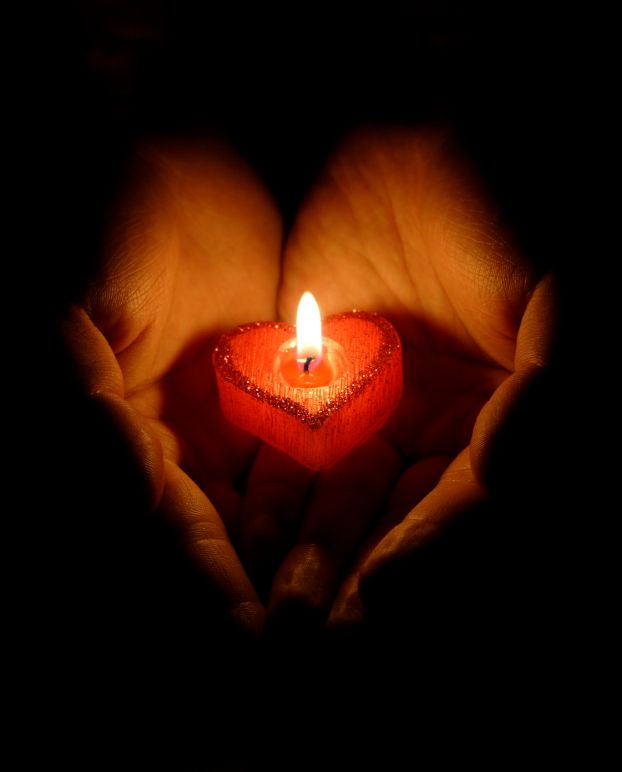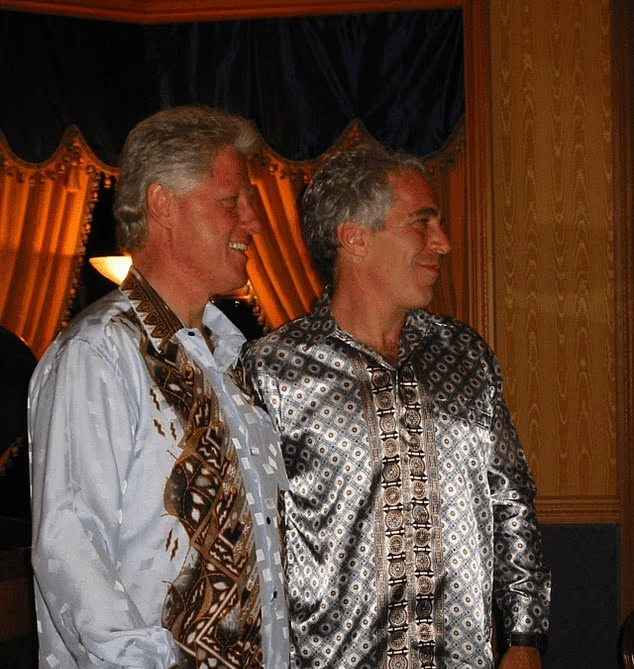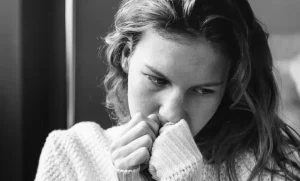U.S. President Donald Trump’s latest state visit to the United Kingdom has once again stirred debate—not over policy, but over protocol. The American leader, accompanied by First Lady Melania Trump, arrived in Windsor for a formal welcome with King Charles III and Queen Camilla. What should have been a day of ceremonial pomp instead became a global talking point after Trump’s apparent disregard for royal etiquette in his very first moments with the monarch.
A State Visit of Ceremony and Scrutiny
State visits to Britain are rare, carefully orchestrated occasions, meant to showcase both tradition and diplomacy. For Trump, now on his second such visit, the stakes were high. The day’s itinerary included a grand welcoming ceremony, a carriage procession through Windsor, and a lavish state banquet at Windsor Castle.
But from the moment the president stepped out of his vehicle, all eyes were on his behavior. Royal watchers, seasoned observers, and millions of casual viewers online quickly noted a series of missteps that violated the unspoken rules of how one should conduct themselves around the British sovereign.
A History of Awkward Encounters
Trump’s difficulties with royal protocol are not new. During his 2018 trip to the U.K., he famously walked in front of the late Queen Elizabeth II, blocking her path during an inspection of the guard. The moment was widely interpreted as a breach of respect, though Buckingham Palace remained publicly diplomatic about the incident.
This time, critics argue, history repeated itself. Within minutes of arriving at Windsor, Trump once again strode ahead of King Charles, walking alongside a uniformed soldier while the monarch followed a step behind. For many observers, the optics carried a sense of déjà vu—reinforcing the perception that the American leader struggles to adapt to royal ceremony.
Breaking Protocol on Arrival
According to traditional etiquette, men are expected to bow their heads in greeting to the monarch, while women perform a small curtsy. These gestures are not legally required, nor are they written into any formal rulebook, but they remain deeply ingrained in royal tradition.
On this occasion, Trump did neither. Instead, he greeted King Charles and Queen Camilla with a handshake and immediately placed his hand on the King’s shoulder. He then repeated the gesture with Prince William, patting him on the arm after shaking hands.
While not technically forbidden, physical familiarity with members of the royal family is generally discouraged unless they initiate it. The rule of thumb is simple: bow your head, shake the hand if offered, and avoid repeated touching. Trump, however, did not observe this restraint.
Royal etiquette experts were quick to weigh in. “It’s not catastrophic,” said one London-based protocol specialist, “but it’s another example of President Trump treating a state ceremony as if it were a political rally. That’s not how these events work.”
Observers React Online
The response on social media was swift and polarized. Supporters argued that Trump’s behavior was simply a reflection of his straightforward, American style of greeting—less formality, more directness. Critics, however, accused him of disrespecting Britain’s monarchy and undermining the symbolism of the state visit.
“First rule of meeting the King,” one user posted on X (formerly Twitter). “You bow, you don’t paw.” Another wrote: “He walked in front of the Queen years ago, and now he walks in front of the King. Some people never learn.”
Satirical memes quickly spread, including side-by-side clips of Trump’s previous encounter with Queen Elizabeth II and his most recent misstep with King Charles, captioned simply: “Protocol? Never heard of her.”
The Palace Response
As in 2018, Buckingham Palace declined to comment publicly on the etiquette breach. A senior palace aide, speaking anonymously to British media, emphasized that the King remains focused on the diplomatic significance of the visit rather than minor breaches of custom. “His Majesty is always gracious with guests,” the aide said. “Protocol exists to guide, not to embarrass.”
Royal analysts, however, pointed out that such incidents can subtly undermine the carefully cultivated image of respect and stability that royal ceremonies are designed to project. “The monarchy functions on symbolism,” explained Dr. Catherine Morland, a historian of British protocol. “When a visiting head of state ignores those symbols, even unintentionally, it shifts the focus from unity to discord.”
A Banquet Amid Controversy
Despite the early hiccups, the day’s events proceeded as planned. Trump and Melania joined King Charles, Queen Camilla, Prince William, and senior royals for a state banquet at Windsor Castle. The opulent dinner featured speeches, a toast to Anglo-American friendship, and performances by the Band of the Household Cavalry.
Still, observers noted that the etiquette faux pas continued to dominate media coverage of the visit. Television panels dissected every detail, from Trump’s delayed arrival to his choice of words in his banquet speech. “It’s remarkable how little of the substance is being discussed,” one BBC presenter observed. “The focus is all on the theater.”
Security Concerns Overshadow Ceremony
The state visit also unfolded under the shadow of heightened security. Trump’s team brought with them a mobile medical unit, reportedly including a refrigerator stocked with blood supplies compatible with the president’s type—standard procedure for high-risk trips but nonetheless striking to many observers.
British police made several arrests after activists projected an infamous photograph of Trump with convicted sex offender Jeffrey Epstein onto the walls of Windsor Castle. Officials stressed that security was being handled at the highest levels to ensure the ceremonies proceeded without disruption.
Melania Trump and the “Fake Melania” Theory
Adding another layer of distraction, internet users revived the long-running “Fake Melania” conspiracy theory after the First Lady arrived in the U.K. holding Trump’s hand. Known for her reserved public demeanor, Melania’s visible display of affection prompted a flurry of online jokes. “Which Melania is this?” one post read, while another quipped: “Maybe the stand-in is better at hand-holding.”
Though lighthearted, the chatter added to the sense that every aspect of the visit—from etiquette to body language—was under intense scrutiny.
Looking Ahead
After the Windsor ceremonies, Trump is scheduled to travel to Chequers, the country residence of the British Prime Minister, for a bilateral meeting with Sir Keir Starmer. While officials insist the focus will be on trade, defense, and climate cooperation, it remains to be seen whether the policy discussions can reclaim attention from the protocol drama.
For King Charles, the visit represents an opportunity to reaffirm the enduring alliance between Britain and the United States. For Trump, it highlights both the benefits and pitfalls of his larger-than-life political style on the global stage.
As one British commentator summed it up: “The problem is not that Donald Trump doesn’t know the rules—it’s that he doesn’t care to follow them. In America, that plays as authenticity. In Britain, it plays as arrogance.”
Conclusion: A Familiar Pattern
In the end, Trump’s second state visit to the U.K. will likely be remembered less for its policy achievements than for its breaches of protocol. Just as in 2018, images of him walking ahead of the monarch and disregarding royal customs will circulate long after the banquet speeches are forgotten.
Whether intentional or not, Trump’s behavior underscores a broader truth: in the theater of diplomacy, optics matter as much as substance. And for a president who prides himself on breaking the mold, the pageantry of Windsor offered yet another stage for his unconventional approach.
For King Charles and the British establishment, the challenge will be to look past the etiquette headlines and focus on the deeper message of unity between two nations whose relationship has endured for centuries—despite occasional moments of cultural clash.
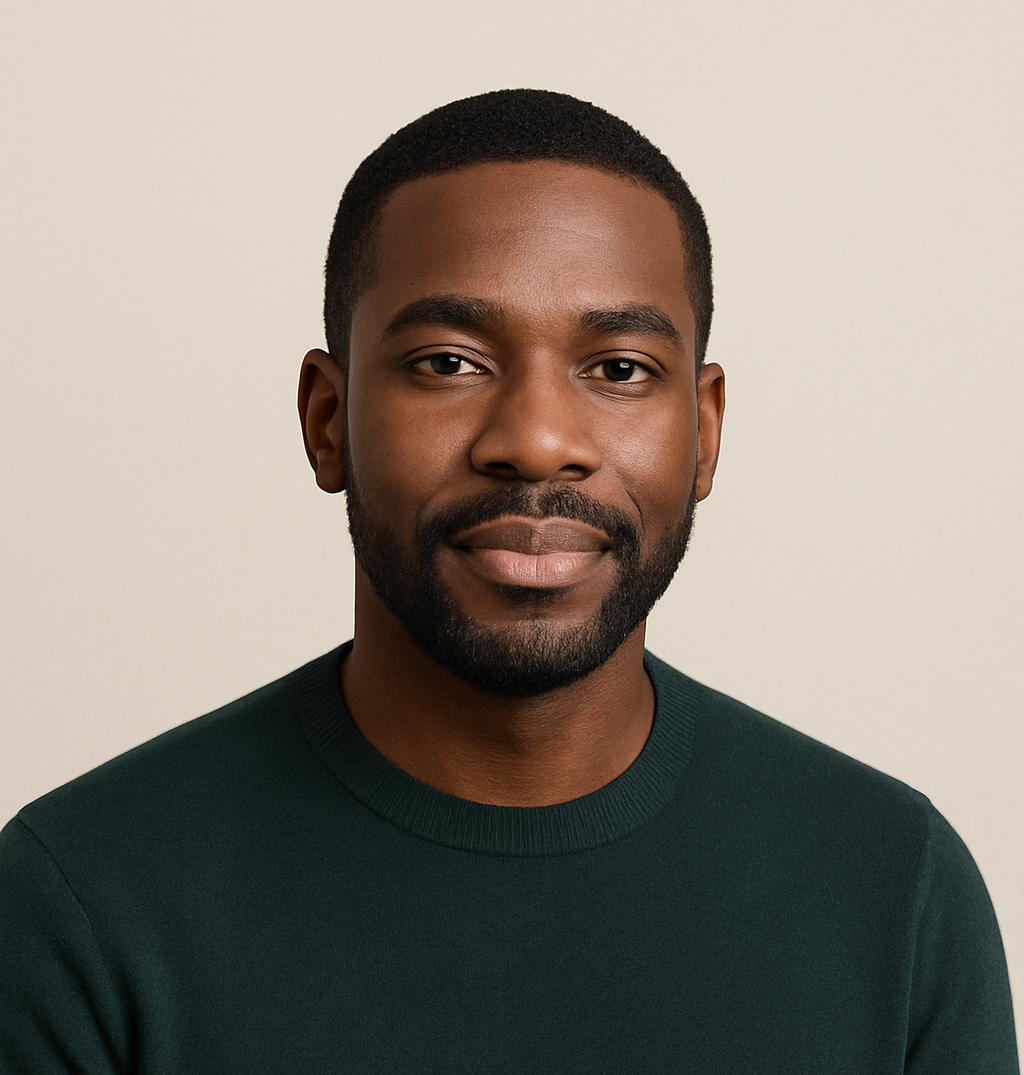
James Jenkins is a celebrated Pulitzer Prize-winning author whose work has reshaped the way readers think about social justice and human rights in America. Raised in Atlanta, Georgia, James grew up in a community that instilled in him both resilience and a strong sense of responsibility toward others. After studying political science and creative writing at Howard University, he worked as a journalist covering civil rights issues before dedicating himself fully to fiction. His novels are known for their sharp, empathetic portraits of marginalized communities and for weaving personal stories with broader political realities. Jenkins’s breakout novel, Shadows of Freedom, won national acclaim for its unflinching look at systemic inequality, while his more recent works explore themes of identity, resilience, and the fight for dignity in the face of oppression. Beyond his novels, James is an active public speaker, lecturing at universities and participating in nonprofit initiatives that support literacy and community empowerment. He believes that storytelling is a way to preserve history and inspire change. When not writing, James enjoys jazz music, mentoring young writers, and traveling with his family to explore cultures and stories around the world.

